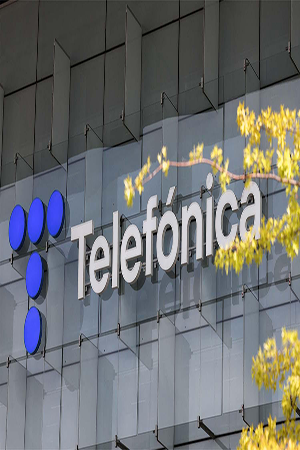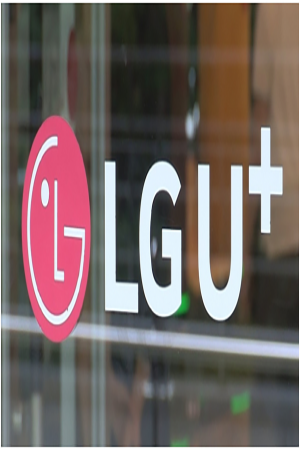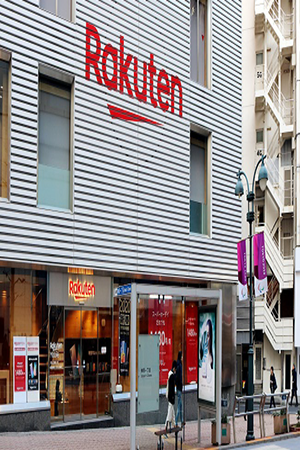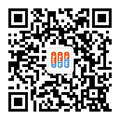China Telecom terminal in storage
China Telecom mobile terminal Product Library, which is operated and managed by Tianyi Terminal Company, is a comprehensive information platform for China Telecom Group, provincial branches, channel operators and various terminal suppliers to obtain terminal product information.
1. The telecommunication product library is divided into A, B, C and D libraries:
A library products are customized machines and satellite terminals;
B library is non-A, C class mobile phones;
C library tested mobile phones by Guangzhou Telecom Research Institute;
The D library is all pan-intelligent terminals.
Products in the product library include: mobile phone terminals, data terminals (including network cards, MIFI, CPE, tablet computers, netbooks, etc.), pan-intelligent terminals (including smart wearable devices, smart home terminals, vehicle terminals, Internet of Things terminals, etc.).
Warehousing requirements: In principle, warehousing products must be completed in Tianyi Terminal Company, and pass the warehousing test of pan-intelligent terminal products, while reporting the product full string code, and obtain the "radio transmission equipment type approval Certificate", "China National Mandatory Product Certification" and "Telecom equipment access License", can complete warehousing.
String code management requirements: For pan-intelligent terminal products, the terminal manufacturer must use the IMEI code as the product string code. The terminal manufacturer must apply for a separate IMEI code as the string code for the terminal product. If the terminal product uses the cellular communication module as the main body of the communication function, the manufacturer must report the IMEI codes of all the cellular communication modules and the corresponding relationship with the terminal product.
2. Conditions must be met before storage:
1. Complete the manufacturer filing process and obtain the terminal manufacturer management platform account.
(1) For filing, you need to log in to the Tianyi terminal to enter the filing page and fill in the information.
(2) After the relevant person in charge of the terminal company verifies the information and passes the audit, the manufacturer will obtain the product management authority.
(3) After passing the audit, the manufacturer will obtain the self-registered manufacturer code, which can be viewed on the terminal information platform.
(4) Changes to the manufacturer‘s record information shall be submitted and reviewed through the platform.
(5) The expiration of the manufacturer‘s qualification information and the change of contacts should be resubmitted to the terminal information platform to submit a new qualification document, and the product permission can be re-obtained after the review.
2. Mobile terminals must pass the test of the Ministry of Industry and Information Technology, obtain network access license, model approval certificate and 3C certification. Entering A library also needs to pass the test of Telecom Guangzhou Research Institute.
3. The packaging of mobile phone terminals into warehouse A shall contain the Instructions for the Use of China Telecom Tianyi Business, and the packaging and body LOGO position vector diagram of China Telecom and Tianyi logo shall be reviewed by the Sales Department of Tianyi Headquarters before storage.
4. Mobile phone terminal manufacturers entering B library shall find third-party institutions for self-test and provide self-test reports.
5. Mobile phone terminals must be in accordance with the requirements of the Guangzhou Institute of Telecom standards in the mobile phone to achieve the telecom platform self-registration function.
3. Warehousing process:
(1) Submit a telecom storage application. The storage terminal must have a formal and complete product specification, including terminal functions, use guidance, safety information and other related content, the name and content of the harmful substances contained in the product are listed and the environmental protection age mark is posted, and the portable communication terminal equipment should declare the specific electrical radiation absorption rate (SAR) value of the product and the conformity with the national standard. Manual can be electronic version, electronic version and physical version requirements are the same.
(2) Preparation stage: including signing of confidentiality agreement and test related contracts, obtaining terminal assessment management system account by email, manufacturer code, logging in system to obtain specifications, submitting document templates, and knowing the test process and precautions.
(3) Test phase:
A library test: Submit the test application and information on the terminal assessment management system, and send it to Guangzhou Institute for testing.
B library test: according to the order to enter the China Telecom terminal B library requirements to the terminal company can be stored, that is, a simple storage test. After passing the test, proceed to the next stage, if the test fails, conduct two rounds of testing.
C library test: The process of C library entry takes about 6-8 weeks, and it must pass the test of Guangzhou Research Institute. Relatively speaking, the requirements of C library are more complex, and the test modules are: live network group, instrument group, national cartoon group machine card group, basic service group, etc.
D Library test: Cellular: The cellular terminal can choose whether to apply for the library. Irreversible choice! Honeycomb family products can be selected to docking Nanjing Winglet butler, test through the arrangement of warehousing.
Non-cellular class: Non-family class docking Beijing terminal company report CTEI code, can be arranged into the warehouse.
(4) Warehousing report review stage.
(5) Product launch stage. Prototype return, commitment letter implementation and version/product key information change report.
Fourth, in the library product management
1. Product information and version: The terminal manufacturer shall not change the software and hardware parameters, functions and other information of the products in the library without permission.
For the change of product information, the manufacturer shall submit the "Explanation Letter of Change of Stored Product Information" with the official seal (Annex 5) to explain the reason for the change, and the terminal company shall complete the change after approval according to the actual situation.
The new software version released by the manufacturer should be compatible with all functions of the imported version. In principle, the product configuration, functions, and performance should not be rolled back.
2. Transfer databases
(1) The mobile phone terminal products that have been in the B library can apply for transfer to the A/C library. Terminals that meet Telecom‘s custom mobile terminal specifications and complete the A library test can apply for transfer to A library; Mobile terminals that meet the six-mode full Netcom terminal specification and complete the C library test can apply for transfer to the C library. The manufacturer should update the product information and prototype in the library, and re-check the A library or C library.
(2) The mobile phone terminal products that meet the storage conditions of A/C library can apply for entering the A/C library in advance before being stored (temporary). The products to be stored in advance need to be sent to the Guangzhou Research Institute and put forward the application for "B to A/C library" to China Telecom Group, and can be directly submitted to the terminal company for storage and acceptance of storage inspection in A/C library. After passing the institute test, you need to go to the terminal company to change the data and upgrade the prototype.
Recommended items
-

Telefonica certification testing process
Telefonica is an international telecommunications company headquartered in Madrid, Spain, and is one of the world largest telecommunications operators. Telefonica, as a global company, has a network in multiple countries. This article will provide a detailed introduction to Telefonica testing and certification process. The applicability and requirements for equipment or module certification...View more -

LG U+ Testing and Certification Process
LGU Plus was established in 1996 and is one of the three major operators in South Korea. It has steadily developed its telecommunications business, providing various business solutions and data services such as wireless internet, VoIP, IPTV, etc. It was the first telecommunications company in the world to establish an LTE network nationwide in 2012. This article will briefly int...View more -

North American operator Dish Network testing and certification process
Dish, whose full name is DISH Network Corporation, is a satellite TV service provider in the United States. At present, Dish is the second largest service provider in the United States and the third largest pay TV service provider, mainly providing satellite TV, satellite network, radio and other services for American users. The applicability and requirements for device certif...View more -

Japanese operator Rakuten Mobile(楽天グループ)certification testing process
Rakuten Mobile, a well-known Mobile network operator in Japan, was founded in 2018 and is affiliated to Rakuten Group. Rakuten Mobile provides 4G LTE and 5G network services. The applicability and requirements for device certification and testing may vary depending on the device type and Rakuten Mobile network requirements. For more certification and testing details, please consul...View more




